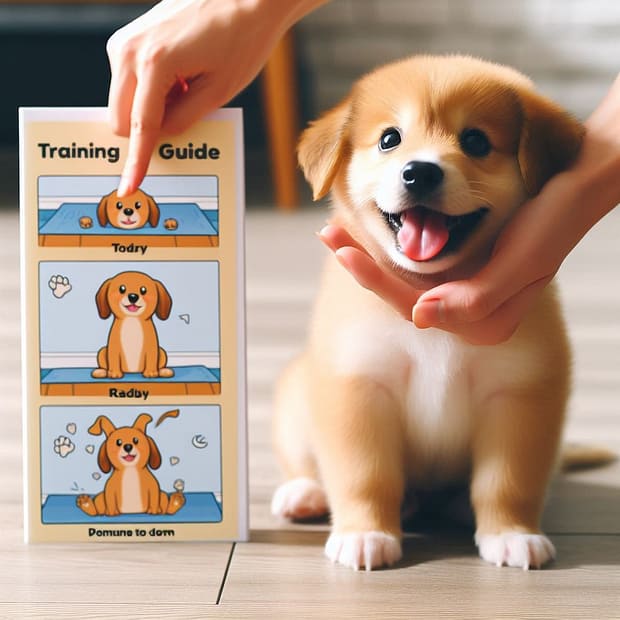Collars are common tools used in dog training to promote better leash manners, discourage undesirable behaviors, and enhance communication between dogs and their owners. However, it’s crucial to understand the different types of collars available and their potential effects on your furry companion. This comprehensive guide addresses common questions and concerns surrounding the use of collars in dog training.
Key Takeaways:
- Education: Before using any type of collar, educate yourself on its function, proper usage, and potential impact on your dog’s well-being.
- Consideration: Take into account your dog’s temperament, age, and specific training needs when selecting a collar.
- Positive Reinforcement: Combine collar use with positive reinforcement techniques to encourage desired behaviors and foster a strong bond with your dog.
- Safety First: Prioritize your dog’s safety and comfort, and always use collars responsibly and humanely.
Types of Collars and Their Functions:
- Harnesses: Ideal for training young puppies, harnesses distribute pressure evenly across the body and minimize strain on the neck. They are especially beneficial for dogs prone to breathing issues or those with a tendency to pull.
- Martingale Collars: Also known as limited-slip or no-slip collars, martingale collars provide gentle correction and prevent dogs from slipping out of their collars. They are suitable for dogs with necks larger than their heads.
- Head Halters: Designed to fit over the dog’s muzzle, head halters offer control by redirecting the dog’s attention and preventing pulling. They are effective for strong, energetic dogs prone to jumping or pulling.
- Shock Collars: Controversial and not recommended by many trainers, shock collars deliver a mild static shock to deter unwanted behaviors. They should be used sparingly and with caution, if at all, as they can cause physical and psychological harm to dogs.
- Vibration Collars: Emit vibrations or buzzing sensations to capture the dog’s attention and discourage barking or other unwanted behaviors. They are considered safer and more humane alternatives to shock collars.
Safety and Ethical Considerations:
- Humane Training: Positive, reward-based training methods are preferred over punishment-based techniques, such as shock collars. Studies have shown that positive reinforcement is just as effective in modifying behavior without causing harm.
- Proper Fit: Ensure that the collar fits snugly but comfortably around your dog’s neck, with enough room for two fingers to fit between the collar and the skin.
- Consistency: Use collars consistently and appropriately, providing clear communication and reinforcement to reinforce desired behaviors.
- Consultation: Seek guidance from a qualified dog trainer or behaviorist before using any collar, especially if you have concerns about your dog’s behavior or well-being.
Frequently Asked Questions:
- Are Vibration Collars Safe for Dogs? Yes, vibration collars are considered safe and humane when used correctly. They provide a gentle alternative to traditional shock collars.
- At What Age Can You Use a Vibrating Collar on a Puppy? It is recommended to wait until your puppy is at least six months old before introducing a vibrating collar, as younger puppies may be more sensitive to stimuli.
- Do Shock Collars Work for Barking? While shock collars may temporarily suppress barking, they are not recommended as they can cause physical and psychological harm to dogs. Positive reinforcement techniques are more effective and humane in addressing excessive barking.
Conclusion:
When used responsibly and in conjunction with positive reinforcement techniques, collars can be valuable tools in dog training. However, it’s essential to prioritize your dog’s safety and well-being and to approach training with patience, consistency, and empathy. Consult with a qualified professional to determine the most appropriate training methods and tools for your dog’s individual needs.
Remember, the goal of training is to strengthen the bond between you and your dog while promoting good behavior and mutual respect. By using collars ethically and effectively, you can help your furry companion become a well-behaved and happy member of your family.













